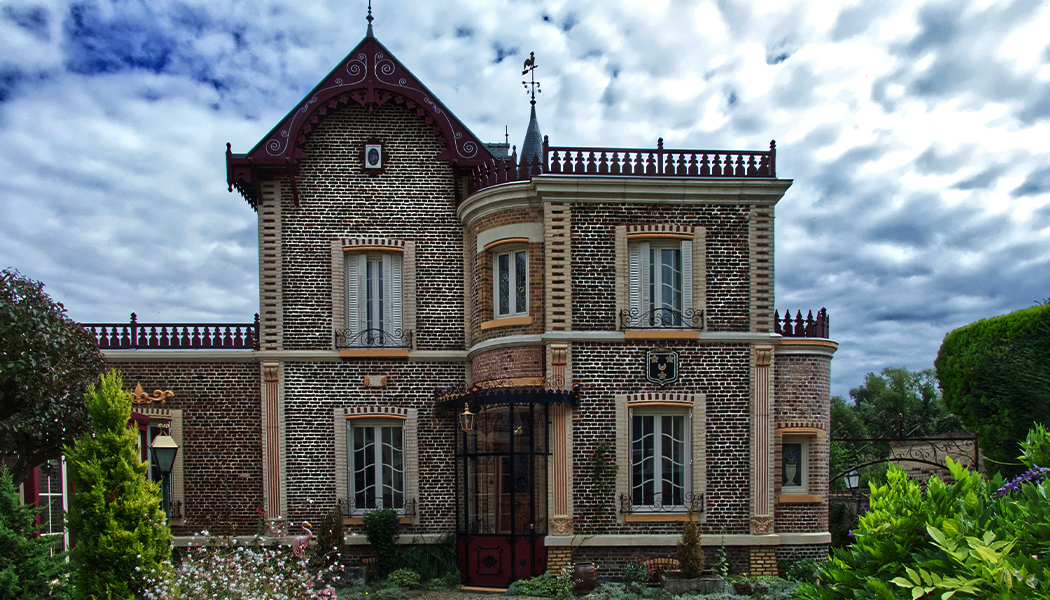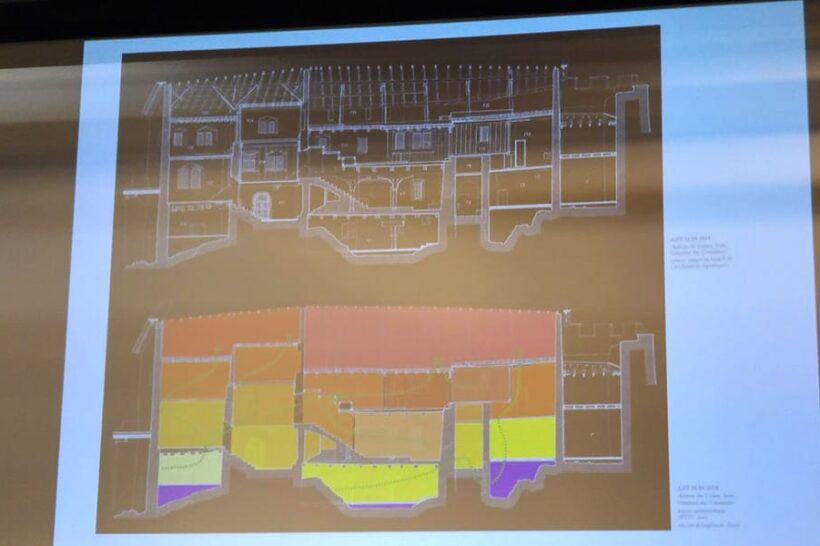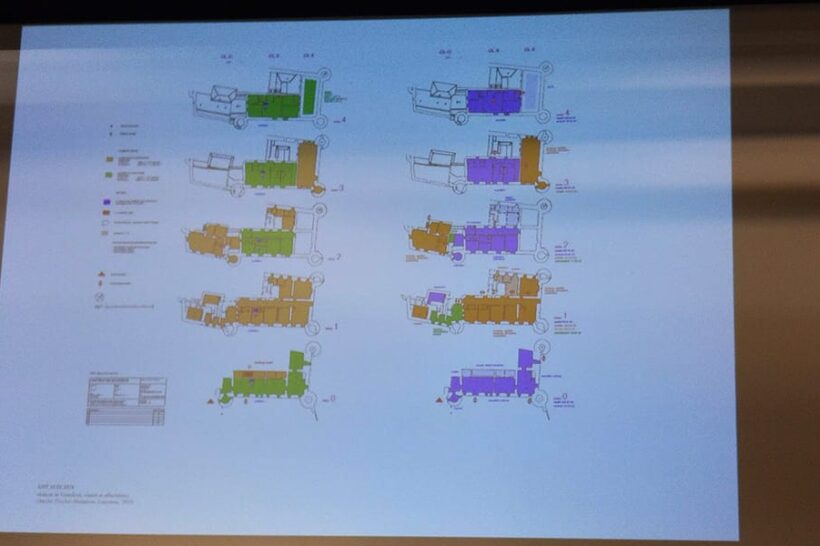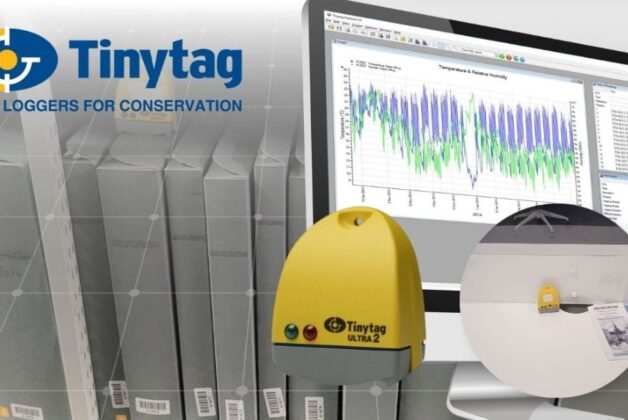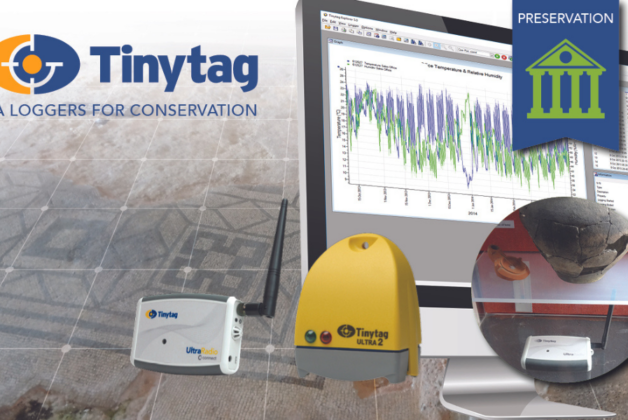Energy Consultant David Bourguignon is using Tinytag loggers to gather vital environmental data and protect historic rural homes in France – blending sustainability with heritage preservation through practical, passive design.
In the quiet countryside near Fontainebleau, just outside Paris, a subtle but powerful shift is taking place in how historic rural homes are being preserved. Instead of sweeping renovations and disruptive retrofits, a growing number of conservation professionals are championing passive, data-informed strategies to care for ageing buildings—without compromising their character.
At the centre of this movement is David Bourguignon, a France-based Energy Transition Consultant who supports local authorities and private homeowners in understanding and managing the long-term conservation of historic buildings and their contents. And at the heart of his work? Tinytag temperature and humidity loggers.
A New Kind of Preservation Mindset
David works with buildings that, while not formally protected or listed, represent the architectural soul of rural France—former farmhouses, outbuildings, and modest estates from the 18th and 19th centuries. Often overlooked in formal conservation efforts, these properties face multiple threats: lack of funding, changing ownership, unsuitable modernisation, and neglect.
“Many of these buildings are historically valuable, but because they fall outside the official classification, they risk being either abandoned or over-modernised,” David explains. “There’s a need to show that there’s a middle way—one that respects the building’s natural behaviour and still allows for comfortable, sustainable use.”
This middle way starts not with design software or insulation plans—but with measurement.
Tinytag: The Essential Tool for Understanding a Building’s ‘Rest State’
Before offering any advice, David takes the time to understand how a building performs naturally. To do this, he deploys a suite of Tinytag Ultra 2 data loggers inside various rooms, outbuildings, cellars, and even bread ovens.
The aim? To capture long-term environmental patterns—particularly how temperature and relative humidity behave across seasons, usage, and ventilation styles. “Tinytag helps me establish a ‘climate landscape’ for each space,” he says. “It’s the rest state of a building—how it behaves when no one’s there—that tells me the most.”
Logging hourly readings, the devices are placed strategically across properties to identify areas of stability or concern. Some rooms turn out to be naturally suited for storing valuable artefacts. Others might show conditions that are too humid or prone to fluctuation—flagging them as unsuitable for long-term occupancy or sensitive storage.
This data forms the backbone of David’s guidance, allowing clients to make informed decisions about how and where to live or store within their properties.
Technology That’s Trusted—Not Intrusive
One of the major advantages of Tinytag’s range, especially in heritage contexts, is its simplicity and reliability. David appreciates that the loggers are non-invasive, easy to deploy, and designed for low-maintenance use over long periods. “You don’t need to be an engineer to use them,” he notes. “They’re ideal for professionals who want meaningful data without jumping through tech hoops.”
By using loggers that don’t rely on cloud systems, David is able to work in off-grid, rural environments without compromising on data quality. The clear interface of Tinytag Explorer software makes reviewing and exporting readings straightforward, and the ability to overlay data from multiple devices provides useful comparisons across building zones.
He also customises the logging interval to one reading per hour—striking a balance between battery conservation and capturing meaningful trends while smoothing out daily variations caused by occupants opening windows or using heating systems.
Small Changes, Big Impacts
In one of David’s current projects—a 19th-century estate with surrounding outbuildings—Tinytag data is helping identify areas that can be adaptively reused without costly refurbishments. One of the estate’s unused cellars, for instance, has shown promising humidity stability, prompting plans for conversion into storage for sensitive materials.
In another case, environmental monitoring of an old bread oven revealed it had become a natural cold sink in summer, prompting a rethink on airflow strategies for adjacent living spaces.
David’s findings are not just for private homeowners. He is also advising municipalities and historic property stewards on how to meet modern comfort and energy standards without imposing invasive mechanical systems or unnecessary insulation—particularly in stone or timber-framed buildings where breathability is key.
From Passive Monitoring to Active Preservation
Tinytag’s role in these projects isn’t flashy—it’s foundational. It provides the hard evidence that helps shift conversations from opinion to action. Whether it’s justifying the repositioning of furniture away from a condensation-prone wall, or demonstrating the seasonal stability of an unheated room, data drives trust.
And that trust is crucial, especially when persuading stakeholders to embrace non-invasive, sustainable interventions over aggressive retrofitting.
“What I love about Tinytag is that it’s a small investment that opens big doors,” David says. “It’s often the first step in changing how someone thinks about a building—and that’s where real conservation begins.”
Championing a Data-Led Future in Heritage Care
At Tinytag, we’re proud to support professionals like David who are pushing the boundaries of what it means to care for historic spaces in a climate-conscious world.
Whether it’s in French farmhouses, British museums, or listed civic buildings, our loggers are quietly helping building stewards make smarter, more respectful choices—by listening to what the walls are already telling us.
If your organisation is exploring passive design strategies, environmental monitoring, or data-led conservation, we’d love to help you get started.

